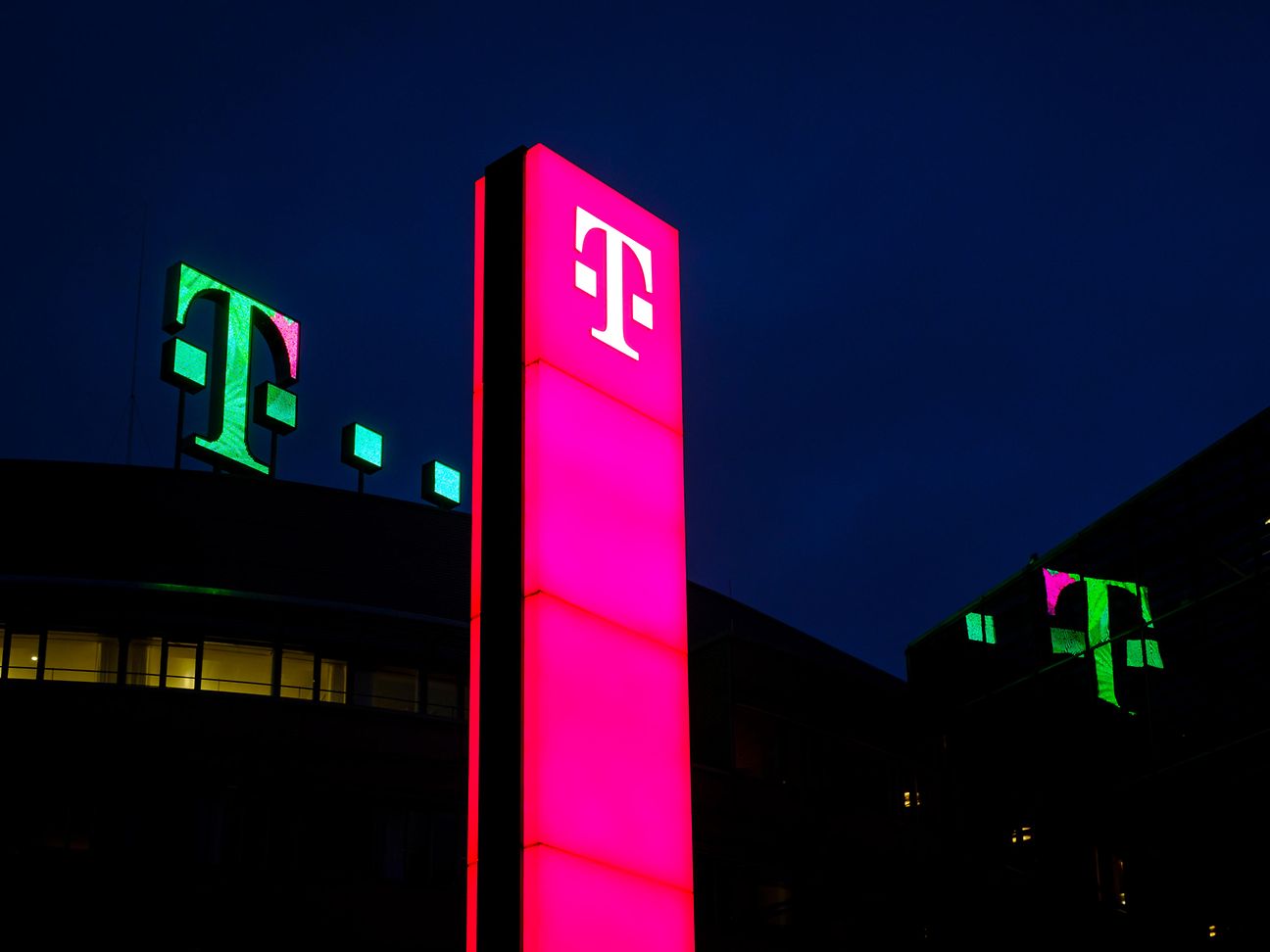

Deutsche Telekom tightens its climate targets
- Group wants to achieve climate targets even earlier.
- Climate neutrality for in-house emissions by 2025 at the latest.
- Net zero from production to customer by 2040 at the latest.
The global Deutsche Telekom network is already entirely green thanks to its use of electricity from renewable sources. The Board of Management approved a new time frame for all other climate targets in accordance with Scope 1 to Scope 3 and have moved the target achievement date forward. Climate neutrality, often referred to as net zero, for in-house emissions is to be achieved by 2025 at the latest. The emissions involved from the production stage to operation by the customer are also to be reduced to net zero by 2040 – ten years earlier than originally planned.
It was just at the beginning of March that Germany's National Meteorological Service, the Deutsche Wetterdienst, warned the current level of CO2 emissions would lead to temperatures increasing by three to four degrees globally by the end of this century. There is no more time to lose. At the same time, our networks, the operation of data centers, and the cars that our technicians use to get out and about all require energy and fuel. Still, there is no compromise here. Tim Höttges, Chairman of the Board of Management of Deutsche Telekom, said, “We want and we need both – the build-out of the networks and products as well as net zero emissions. That is why we have significantly adjusted our targets.”
All of the Group’s customers are already surfing on Deutsche Telekom’s green network, which is powered exclusively using electricity from renewable sources of energy. Deutsche Telekom’s ambitious new climate targets now go even further – in March 2021, the Board of Management resolved to bring down the company’s direct and indirect emissions (Scope 1 and 2) to zero in just four years. Deutsche Telekom is also to be a net zero company by 2040 at the latest, which means totally eliminating its carbon footprint.
Today we can see that measures such as sourcing 100 percent of our energy world-wide from green sources and efficiency programs within the Group have already made a large part of these reductions possible.
According to Tim Höttges, “The systematic efforts we have made for climate protection in the past two years have paid off. . This is not the time to be smug and give ourselves a pat on the back, however. The data is clear: this is a decisive decade for the global climate. We at Deutsche Telekom are actively leading by example: by 2025, we want to reduce our in-house emissions by up to 95 percent compared to 2017. We will neutralize the last five or so percent of our carbon footprint through high-value carbon capture projects. In a future-proof economy the goal must be to achieve net zero.”
Driving in-house emissions down to net zero
Net zero will be achieved with a combination of different measures. For one, Deutsche Telekom is working systematically to use energy more efficiently and therefore use less overall. The Group measures just how well that is working using the Energy Intensity KPI. This KPI shows energy consumption in proportion to the managed data volumes. In 2020, this KPI decreased to 119 for the Group – a clear improvement from 2017, when the KPI stood at 194. This is due to changes such as the use of new, more efficient network technology, systematic energy-saving measures and optimizations in our buildings, the successive switch to electric vehicles in the company’s own fleet, as well as the retirement of outdated, energy-intensive technology.
Alongside the energy-saving and efficiency measures, our energy use is no longer linked with harmful emissions: this has been achieved by sourcing power from renewable sources of energy. Guarantees of origin are acquired in the market and these ensure that the amount of energy used by the Group in a specific time period from the general power grid is also produced and fed in from renewable energy sources over the same period. The energy used by the Group in Germany was sourced entirely from renewable sources of energy in 2020, leading to a reduction in CO2e of nearly 330,000 metric tons. What’s more, long-term power purchase agreements were concluded for electricity from renewable sources of energy and small amounts of electricity generated by the Group itself were also used.
Net zero from supplier to customer
More than 80 percent of the Group’s carbon footprint results from the “value chain”, i.e., from the production of devices or network technology and from operation by customers. The Group only has an indirect influence on these emissions – for example, through special contractual clauses in procurement or voluntary agreements with suppliers. “The Scope 3 emissions are certainly the most difficult part of our journey to net zero. These difficulties can’t be used as an excuse, however. We need to use them as motivation. As a large corporation, we work purposefully together with our suppliers as partners to systematically reduce the emissions which impact on the climate. In this respect we also have achieving net zero by 2040 as a clear goal ahead of us,” explains Birgit Klesper, Senior Vice President of Group Corporate Responsibility.
At the same time, many of our products, services, and activities even help customers reduce their own CO2 emissions. In 2020, these positive CO2 effects were 7.1 times higher in Germany than our entire domestic CO2 emissions.
The last mile – offsetting
To achieve net zero, reductions in emissions need to be combined with a strategy to neutralize the CO2 emissions which cannot yet be avoided. In this respect, the Group is focusing on carbon removal measures in which CO2 is actively captured from the atmosphere. Classic examples of this are planting trees to capture CO2 or even rewilding projects for bogs. The Group sees these offsetting measures as a key element for the path to net zero. Even so, they need to become less and less important over time. “Offsetting should only be a a last resort. Here we will critically assess which projects are really suitable for capturing CO2 in the long-term and rely on internationally recognized standards, such as the Gold Standard. At the same time, we assume that the additional costs arising from offsetting measures will provide an even greater incentive, including at management level, to fully exhaust all potential for energy efficiency,” said Birgit Klesper.
The Group set ambitious climate targets as early as 2019
Limiting global warming to less than 1.5 degrees Celsius: this is the specific goal set by the Paris Climate Agreement. For the first time in 2019, Deutsche Telekom set its own science-based climate protection targets in line with this goal. A 90 percent decline in its own direct and indirect emissions compared to 2017 (Scope 1 and 2) as well as a 25 percent decline in the emissions per customer arising from the manufacturing and use of products (Scope 3) were both ambitious targets two years ago. By bringing the date for target achievement forward, Deutsche Telekom is setting another ambitious milestone. To support us in this journey, a range of measures have been employed across the entire value chain for more than a year as part of the ongoing Group program, “We care for our planet.”
Deutsche Telekom presents its climate protection measures, emission figures, and energy consumption as well as information on other topics relating to corporate responsibility in depth in the new Corporate Responsibility Report. Further information can be found at: www.cr-report.telekom.com
About Deutsche Telekom: Deutsche Telekom at a glance


